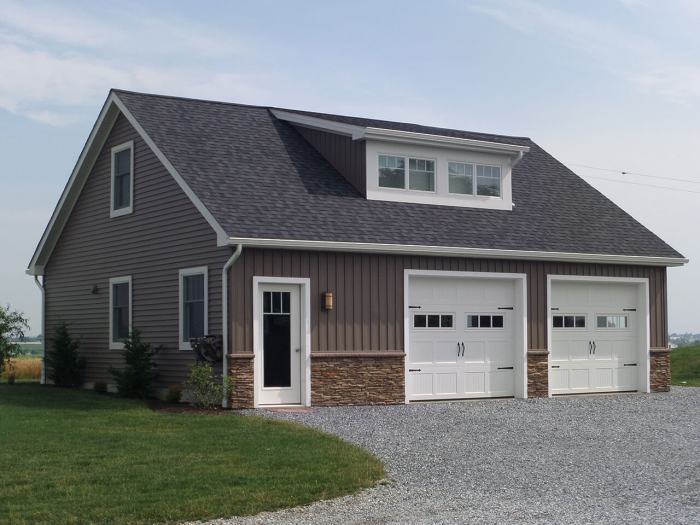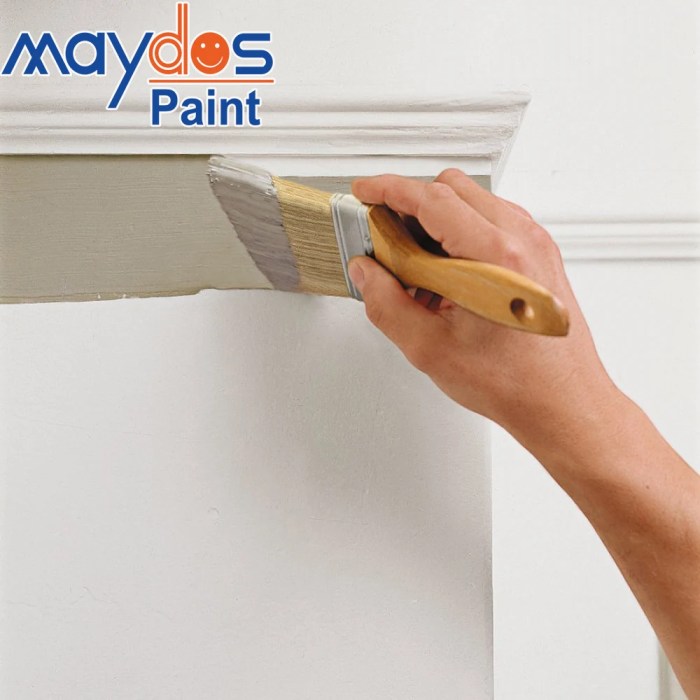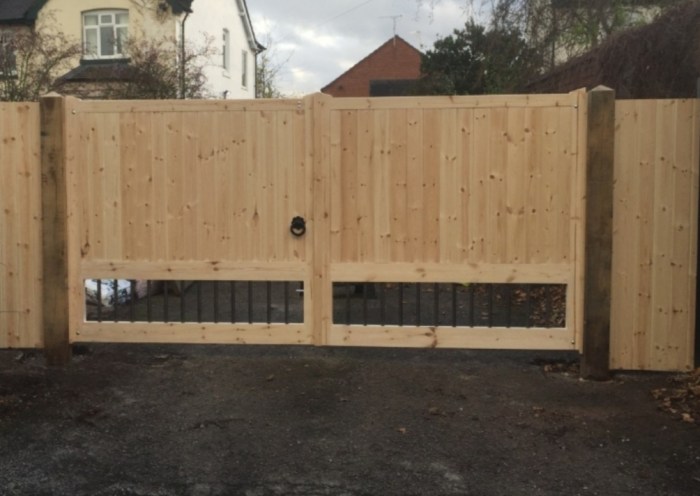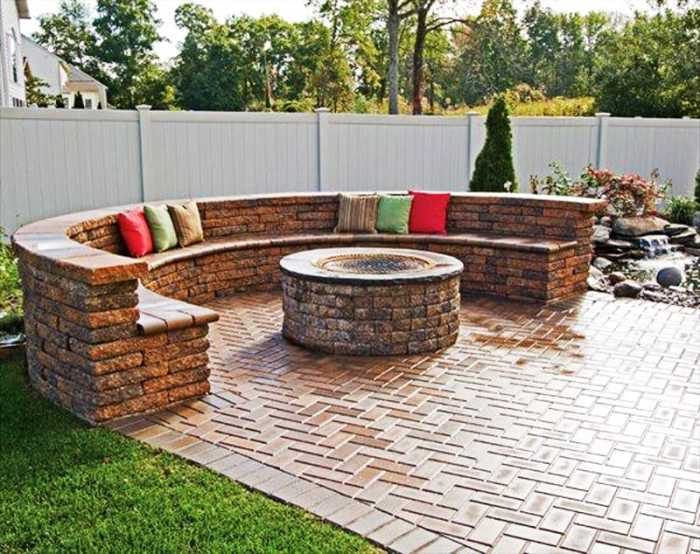Delving into the realm of interior painting cost per square foot, this introductory passage aims to captivate readers with a wealth of valuable insights, ensuring an enriching and informative journey ahead.
The subsequent paragraph will provide a detailed and informative overview of the topic, setting the stage for a deeper exploration.
Factors influencing interior painting cost per square foot
When determining the cost of interior painting per square foot, several factors come into play that can significantly impact the overall pricing. Factors such as surface preparation, paint quality, labor costs, room size, wall condition, and paint color selection all play a crucial role in determining the final cost.
Surface Preparation
Surface preparation is a key factor that can affect the cost of interior painting. Properly preparing the surface by cleaning, sanding, and priming can increase the labor hours required, thus impacting the overall cost per square foot.
Paint Quality
The quality of paint used can also influence the cost. High-quality paints tend to be more expensive but offer better coverage and durability. While they may cost more upfront, they can potentially save money in the long run by requiring fewer coats and lasting longer.
Labor Costs
Labor costs are a significant factor in determining the overall cost of interior painting. Skilled painters may charge higher rates, but their expertise can ensure a high-quality finish. Additionally, the complexity of the job, such as painting intricate details or hard-to-reach areas, can also impact labor costs.
Room Size and Wall Condition
The size of the room and the condition of the walls can affect the cost per square foot. Larger rooms require more paint and labor, resulting in higher costs. Similarly, walls that are in poor condition and require repairs or additional preparation work can also increase the overall cost.
Paint Color Selection
The choice of paint colors can impact the cost of interior painting. Some colors may require multiple coats for full coverage, leading to higher material costs. Additionally, specialty finishes or custom colors may also come at a premium price, affecting the overall cost per square foot.
Average cost breakdown for interior painting

When it comes to interior painting costs, it's essential to understand the breakdown of expenses involved. This breakdown typically includes material costs, labor expenses, and any additional charges that may arise during the project. The pricing structure can vary based on the complexity of the project and the painting company you choose to work with.
Material Costs
Material costs play a significant role in determining the overall cost of interior painting. This includes the paint itself, primer, caulking, brushes, rollers, painter's tape, and any other supplies needed for the job. The quality and brand of materials can also impact the total cost, with higher-quality paints typically being more expensive.
Labor Expenses
Labor expenses are another crucial factor in the cost breakdown for interior painting. The labor costs will depend on the size of the project, the number of painters required, and the time it will take to complete the job. More extensive projects or those requiring intricate detail work may require more labor hours, which can drive up the overall cost.
Additional Charges
In addition to material costs and labor expenses, there may be additional charges that can impact the total cost of interior painting. These could include fees for moving furniture, repairing drywall or other surfaces, or any unexpected issues that arise during the project.
It's essential to discuss these potential charges with your painting company upfront to avoid any surprises.
Regional price differences in interior painting
When it comes to interior painting costs per square foot, it's important to note that pricing can vary significantly across different regions or states
Urban Areas vs. Rural Areas
In urban areas, where the cost of living is generally higher, you can expect interior painting costs to be on the higher end as well. The demand for skilled labor, overhead costs, and competition among painting companies can drive up prices.
On the other hand, rural areas may have lower labor costs and less competition, resulting in lower overall painting costs.
Specific Factors Contributing to Price Disparities
Various factors can contribute to price disparities in different locations. For example, densely populated areas may have stricter regulations and higher insurance requirements, leading to increased costs for painting contractors. Additionally, the availability of skilled labor and quality materials can also impact pricing.
In regions where certain paint brands or products are harder to come by, prices may be higher due to transportation and supply chain logistics.
Tips for estimating interior painting costs
When it comes to estimating interior painting costs, homeowners can follow a few methods to ensure they have a clear idea of the expenses involved. By calculating the total cost based on square footage and other variables, they can avoid common mistakes and budget effectively for their painting project.
Calculate Square Footage
To start estimating interior painting costs, homeowners should measure the square footage of the walls they plan to paint. This can be done by measuring the length and height of each wall and multiplying these dimensions to get the total square footage to be painted.
Determine Paint Quantity
Once the square footage is calculated, homeowners should determine the amount of paint needed for the project. This can be done by dividing the total square footage by the coverage area of the paint per gallon. It is important to factor in multiple coats if necessary.
Consider Additional Costs
In addition to paint, homeowners should consider other costs such as primer, brushes, rollers, painter's tape, and drop cloths. These additional supplies can add to the overall cost of the project and should be included in the estimate.
Account for Labor Costs
If hiring professional painters, homeowners should account for labor costs in their estimate. Labor costs can vary depending on the complexity of the project, the skill level of the painters, and the region. It is important to get quotes from multiple painters to compare prices.
Avoid Common Mistakes
When estimating interior painting costs, homeowners should avoid common mistakes such as underestimating the amount of paint needed, forgetting to include additional supplies, or not accounting for labor costs. By carefully calculating all expenses involved, homeowners can create a more accurate budget for their painting project.
Last Word
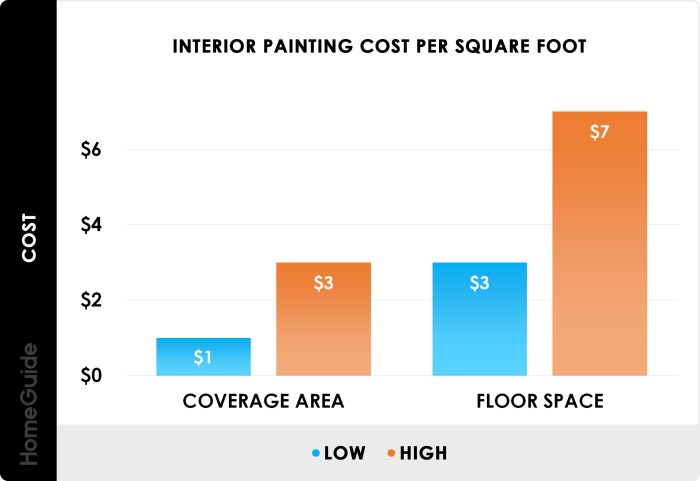
Concluding our discussion on interior painting cost per square foot, this final passage encapsulates the key points discussed, leaving readers with a profound understanding of the intricacies involved in estimating painting expenses.
Frequently Asked Questions
What factors influence interior painting cost per square foot?
Factors such as surface preparation, paint quality, labor costs, room size, wall condition, and paint color selection can all impact pricing.
How can homeowners estimate interior painting costs?
Homeowners can estimate costs by calculating total cost based on square footage and other variables, avoiding common mistakes in the process.
Are there regional price differences in interior painting?
Yes, costs can vary across regions or states, influenced by urban versus rural pricing trends and specific factors unique to different locations.


